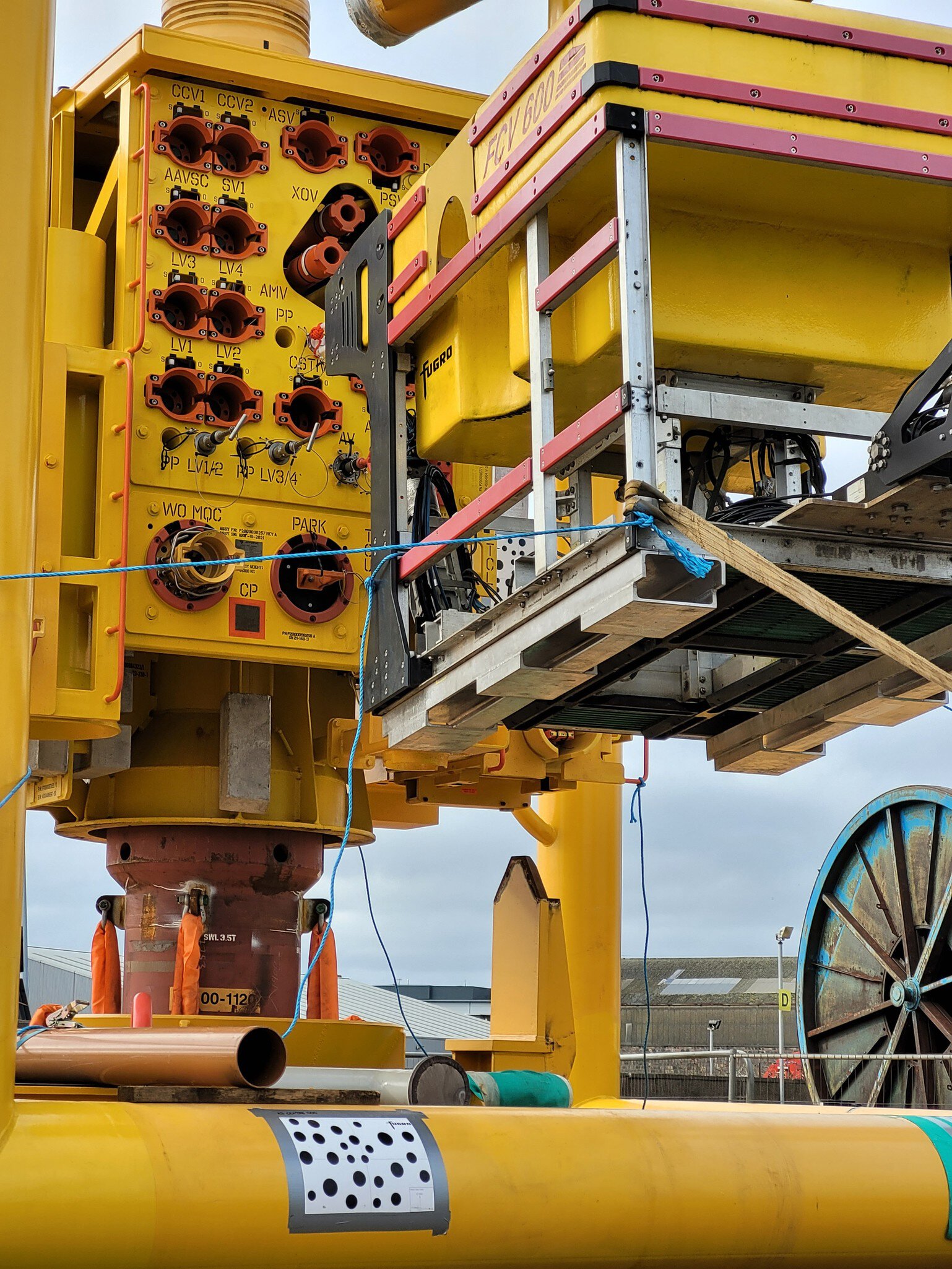Case study
Seafloor cable replacement in the Pentland Firth for SSEN
Pentland Firth, Scotland

Client
SSEN (Scottish and Southern Electricity Networks)
Project duration
July 2020 – August 2020
Fugro was tasked with maximising uptime on a project to provide touchdown monitoring and as-laid surveys for Global Marine Group as part of a 37 km, 33 kV power cable replacement for Scottish and Southern Electricity Networks (SSEN) in the Pentland Firth in Scotland, UK.
Life cycle
Planning, feasibility, conceptual design
Design
Construction
Operations and maintenance
Decommissioning
Show full process

FCV® 600

FCV® 600
The FCV® 600 is a work-class remotely operated vehicle designed to capture and deliver accurate subsea data and carry out light inspection, repair and maintenace tasks safely and efficiently.
Operational time on the project
Hours
“The tracked skid worked well. Considering some sections of the seabed along the route were challenging, to say the least, the WROV remained operational when monitoring the cable touchdown point and in stronger currents than expected.”
Jimmy Rodgers
Offshore Vessel Manager, Normand Clipper, Global Marine Group.
Operations
The tracked skid was fully utilised throughout the cable lay operations and logged 355 hours of operational time, of which 190 hours were in currents above 2 knots. Moreover, the tracked skid negotiated the rock-strewn seafloor and traversed inclines of up to 27°.
Innovative highlight
Fugro built the tracked skid WROV system to order for the Pentland Firth project, designing it to suit the FCV® 600 WROVs that support and exceed the demands of deepwater operations. A key design feature was the ability to be launched by a standard LARS with no system modifications; it could also be easily disconnected to allow the WROV to quickly change from tracked skid to free-flying mode, which improved operational efficiency.

The compact tracked skid can be quickly attached to the WROV and deployed through a standard A-frame launch-and-recovery system
Impact
The project lasted 15 days, out of which 8 days recorded currents greater than 2.0 knots (1 ms-1). Regular WROVs cannot operate in free-fly mode in such conditions but the tracked skid solution allowed the WROVs to remain operational even in currents over 4.4 knots. In summary, Fugro’s tracked skid solution significantly improved the performance of the WROVs in the Pentland Firth, which resulted in the project being completed ahead of schedule.

Tracked skid

Related services